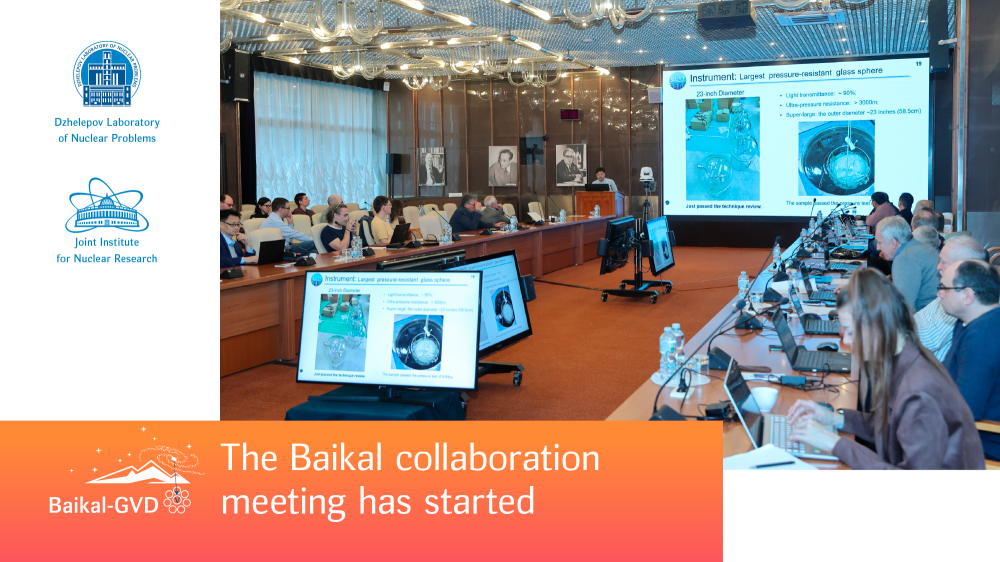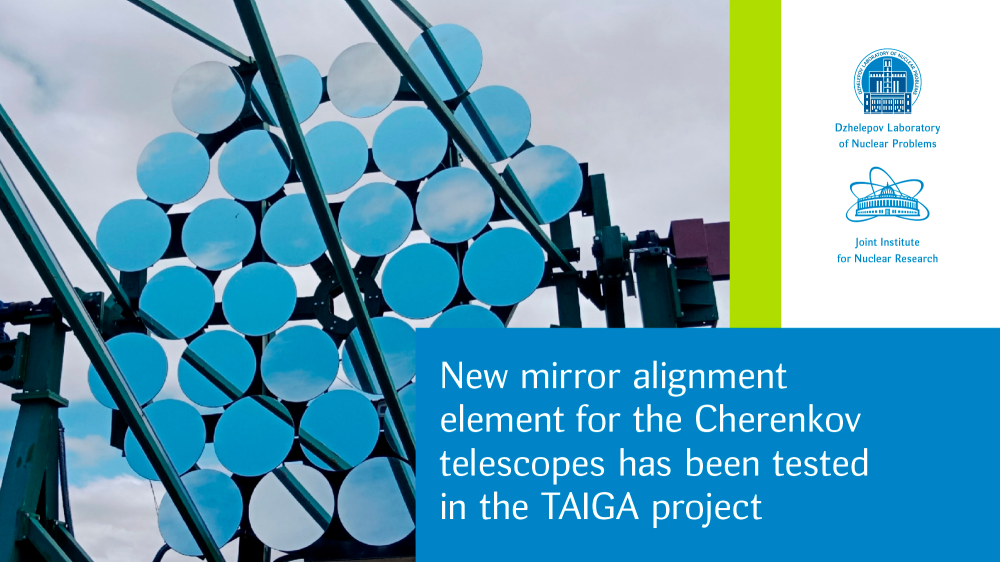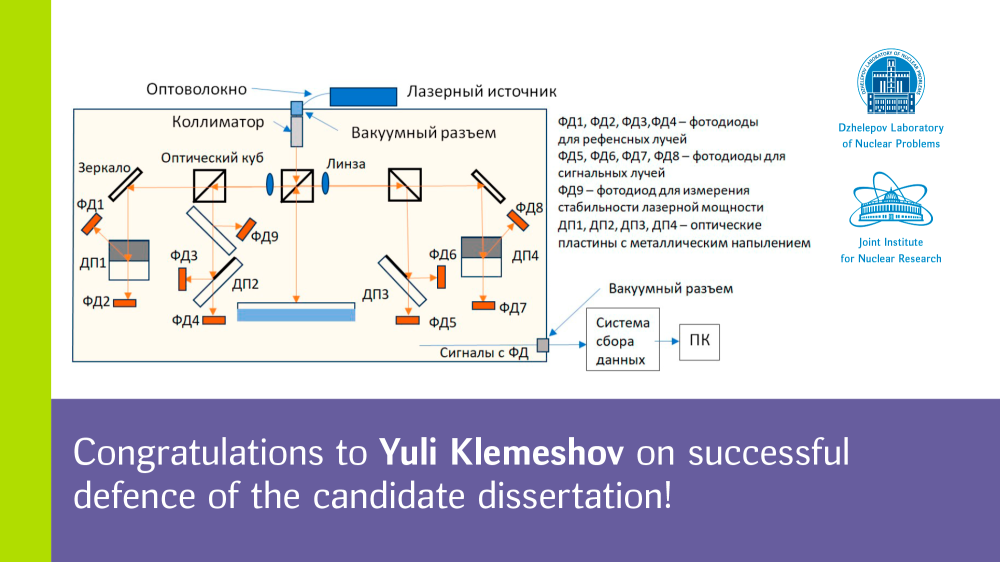Preview of the General Laboratory Seminar by Oleg Smirnov, 8 November 2018
Aa a result, the flux of beryllium neutrinos from the Sun was measured with a record accuracy of 2.7%. The signal from the рерreaction in the Sun was detected for the first time at the 5-sigma confidence level.The same data set was used to determine the flux of neutrinos from the reaction on boron-8 at a low energy threshold (3.2 MeV) inaccessible to other neutrino detectors.
A comparison of the detected neutrino signals to the predictions of the standard solar model unambiguously indicates the existence of a transition zone in the region of low energies between two neutrino oscillations regimes in accordance with the Mikheyev–Smirnov–Wolfenstein mechanism.
The new Borexino results correspond to a higher probability of the solar models with a high concentration of heavy metals. This is the first indication of this kind in the history of the solar neutrino research.Thus, the first step is made to the solution of the solar metallicity problem.
See the full version of the seminar here.







